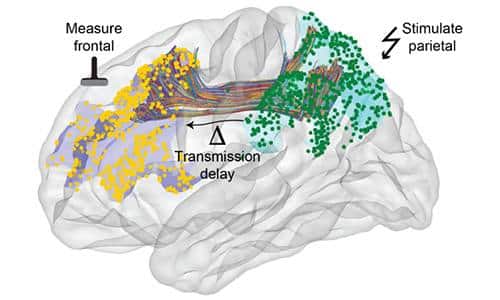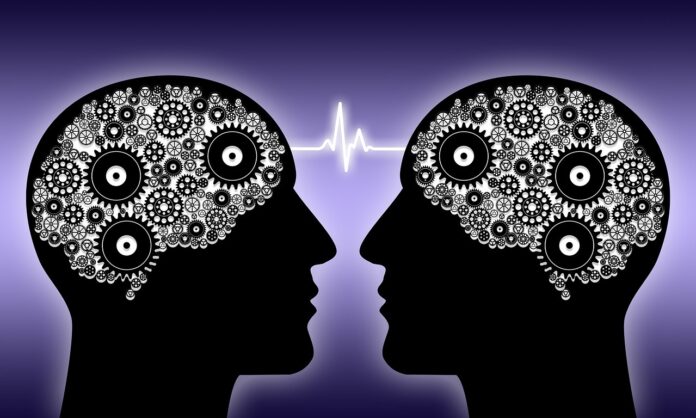The development of rapid communication between human brain fields is essential for cognitive function. The speed of neuronal transmission is important to the temporal structure of neuronal activity. It is included in several computational human brain models. The human brain’s growing axons promote rapid neural transmission, affecting whether electrical signals arrive at the same or different times and shaping the period of functional connectivity.
The human connectome is a structural system of neural pathways that develops as people age. A new study in Nature Neuroscience by Mayo Clinic researchers and colleagues from the Netherlands found that transmission speed among brain regions increases into early adulthood.
This is important because problems such as anxiety, depression, and bipolar disorders can emerge in late adolescence and early adulthood, and a better understanding of brain development may help clinicians offer therapies to treat these disorders.
Dora Hermes, Ph.D., a Mayo Clinic biomedical engineer and senior author of the study, said, “A fundamental understanding of the developmental trajectory of brain circuitry may help identify sensitive periods of development when doctors could offer therapies to their patients.”
He explains that the human connectome, the structural system of neural pathways in the brain, develops as people age and can be affected by disease.
He said, “Just as transit time for a truck would depend on the structure of the road, so does the transmission speed of signals among brain areas depend on the structure of neural pathways, The human connective matures during development and aging, and can be affected by the disease.” All these processes may affect the speed of information flow in the brain.

The response delays in connected brain regions showed that transmission speeds in the human brain increase throughout childhood and even into early adulthood when researchers stimulated pairs of electrodes with a brief electrical pulse to measure the amount of time it took signals to travel between brain regions in 74 research participants between the ages of 4 and 51. Around the age of 30 to 40, they reach a plateau.
According to the team’s statistics, adult transmission speeds are typically two times faster than children’s. Additionally, transmission speeds were usually higher in participants aged 30 to 40 than in youth.
A millisecond, or one-thousandth of a second, is the unit of time used to describe brain transmission rates. For instance, it took 45 milliseconds for a signal to move from the frontal to parietal regions of the brain in a 4-year-old patient.
The same path was observed at 20 milliseconds in a patient who was 38 years old.
The new study aims to describe the connection in the human brain that electrical stimulation influences. The next stage is to understand transmission speeds and neurological diseases better.
The researchers are working with pediatric neurosurgeons and neurologists to understand how diseases change transmission speeds compared to what would be considered within the normal range for a particular age group.
The National Institutes of Health’s National Institute of Mental Health funded the study.
Journal Reference:
- Van den Boom, M.A., van der Aar, J.F. et al. Developmental trajectory of transmission speed in the human brain. Nature Neuroscience. 10.1038/s41593-023-01272-0
